The Application Usability Levels: Explained with Gifs
Yes, I know, it's cringy... but I can't help myself.
This past week, I presented on the Application Usability Levels (AULs) at the UK Space Weather Space Environment meeting. The AULs have been a grassroots, unfunded effort that has, I think, successfully attempted to create a framework to help communicate a project's progress —ensuring it will be completed to a state where it is useable. If you know what Technology Readiness Levels or TRLs, the AULs are similar but more general.
However, I tried to be very professional at this conference - but I don’t think I was as successful as I wanted to be in communicating the AUL framework. It did remind me that a few years ago, I put together a thread on Twitter explaining the AUL process using a similar example that has been used to describe the TRLs… So why not try to update this here…
As a warning, I am an elder millennial who is often behind the times, so this will be primarily communicated with GIFs. This will be cringy to some… maybe all… Sorry, but this is me embracing my elder millennial middle-aged self. All gifs are from Giphy so may differ from the original thread as I couldn’t find all of those I originally used.
We hope to someday map or translate the Application Usability Levels to the Technology Readiness Levels which are used primarily by the space hardware communities. Now, you might ask, why are we doing this?
Well, we've found that the TRLs don't necessitate that a product is useful to anyone, and while they have often been modified for use outside of space weather, they explicitly state that something has to be flown in space to reach a TRL 9. A friend passed on a Twitter conversation demonstrating this for TRLs, so I'm going to use it to describe the TRLs and AULs, walking through each of the 9 levels
Now is your last chance to leave before you get sucked into the wonderful nerdiness :) (and elder millennial love of gifs… some say it’s the only way we know how to communicate. )
TRL1: What if there were Unicorns
AUL1: We have completed research into whether there are unicorns or not, and we think that there are people who would be interested in using Unicorns for different projects. Specifically, cake designers may like a unicorn to pose for their creations.
TRL2: We have a Unicorn
AUL2: We have contacted cake designers, and they have stated that they would like a unicorn. They would need one that is visible to the human eye, can fit in a kitchen, and is clean and food-safe.
TRL3: We have validated that the unicorn exists in the lab.
AUL3: We have published a paper about our unicorn observations. We have also shown that the unicorn should be able to, perhaps with some work, be visible, fit in the kitchen, and clean/food safe.
TRL4: We have placed a horn on a horse in our Lab.
AUL4: We have identified how to create a unicorn in the lab and identified that a horse wrangler may be necessary to include in the project.
TRL5: We took the horse outside
AUL5: We articulated and disseminated the viability of improving upon the state of the art—imagining a unicorn and trying to get a horse with a horn in the kitchen—and have shown that it can fit in the kitchen and meet the other requirements.
TRL6: We're now calling the horse a unicorn
AUL6: We've put the unicorn in the lab's kitchen, shown improvements on the state of the art, and documented the associated metrics and the project's progress towards this application.
TRL7: The unicorn is tested in space-like conditions
AUL7: The unicorn is fully moved into the user's kitchen and tested to see if it can successfully pose for cake decorating purposes. These results are published.
TRL8: The Unicorn has been qualified for flight - We'll soon have unicorns in space
AUL8: The user has approved the addition of the unicorn in their kitchen and found to operate within the specified requirements. User documentation and training have also been completed.
TRL9: This unicorn is literally from space
AUL9: There has been sustained and repeated use of the unicorn to pose for multiple cakes. This has been written up in Bon Appetite and is now standard when making unicorn cakes.
In the process, new applications were found. For example, the unicorn can also pose for unicorn cupcakes.
And some unicorns have a talent for the silver screen. Movie producers would like to use them in their movies.
Well… then… There is the squatty potty, which is another identified use for these unicorns. One must always be careful of the unintended consequences of one's science.
One primary difference between using TRLs and AULs is that AULs require that the application be useful to someone. Collaboration between the researcher and the user must occur from the beginning and continue throughout the project.
And who knows! You may find new and exciting applications of your research that you never knew existed!
If you want to read more about the Application Usability Levels check out our paper at https://doi.org/10.1051/swsc/2019030… If you are interested in providing examples from your own field/research, let me know! We're always happy to share great work!
And thank you for indulging me with this post - or really, this set of random gifs ☺️.



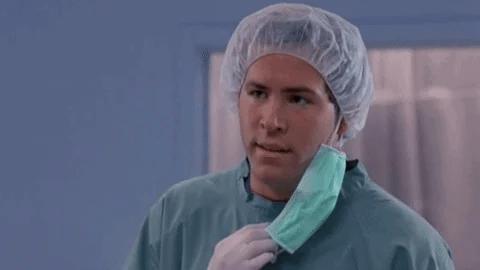

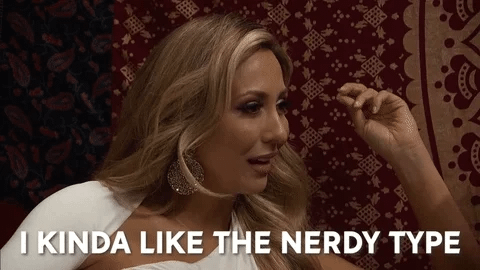
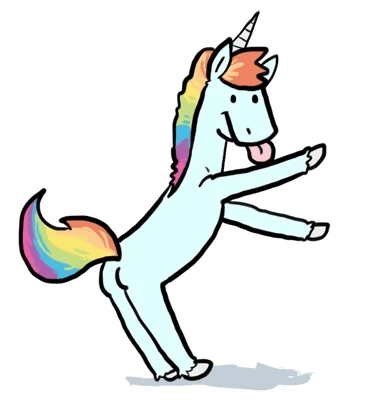

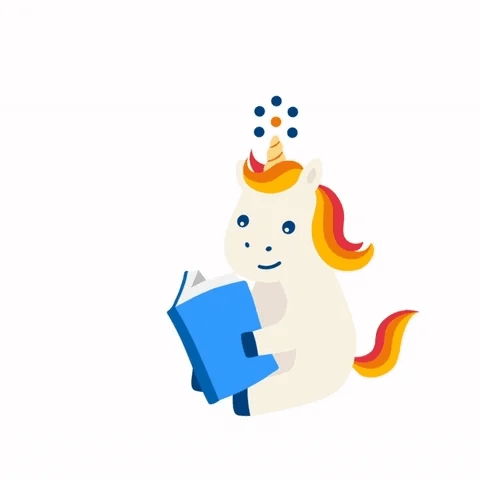
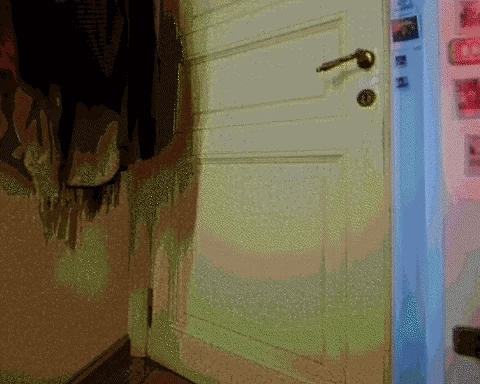

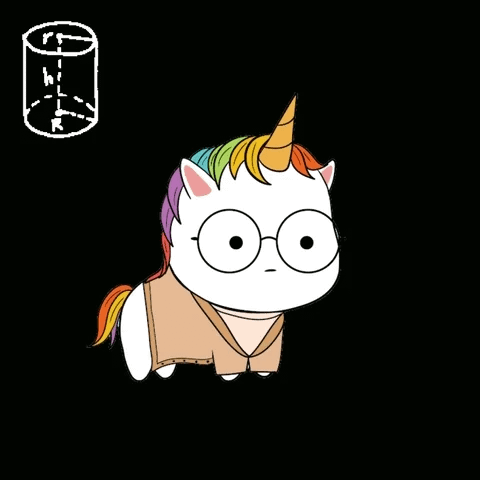
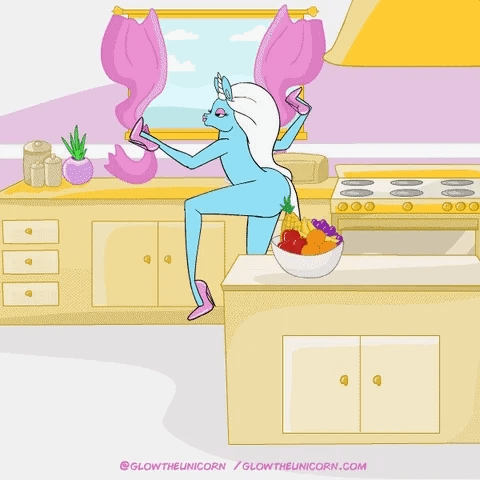



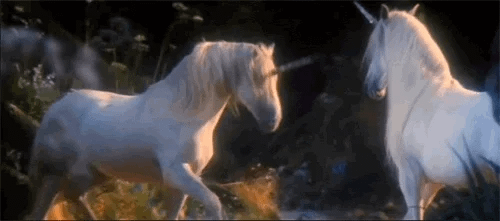




Edtech companies should probably read this. I'm re-stacking to go with the article I just read lambasting Gates for his promise-heavy interview with Oprah about classroom AI